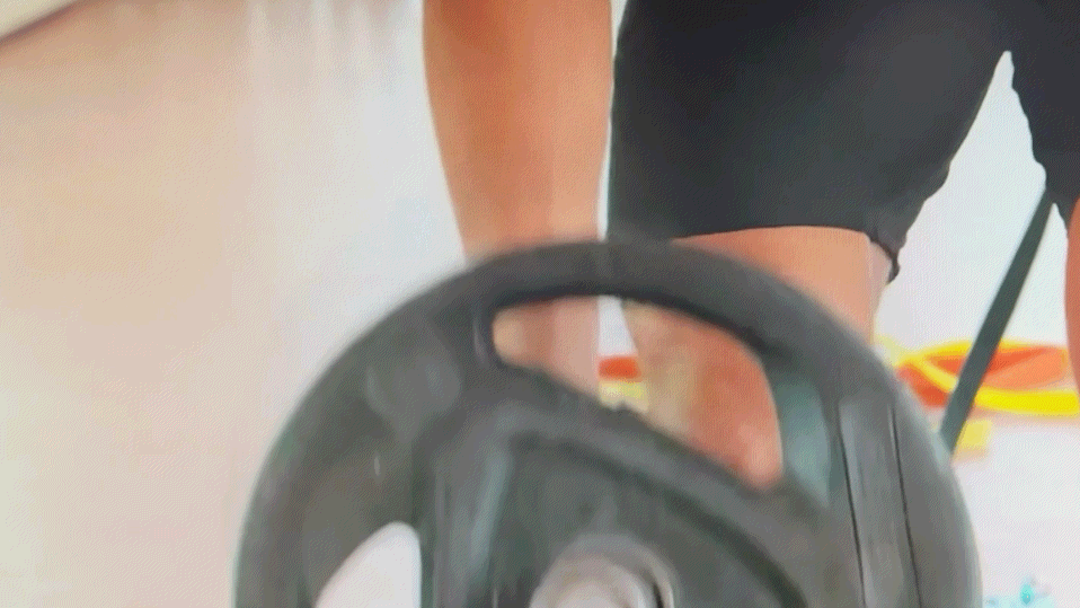Tennis Technology and Training
A dampener is a device placed into the string bed of a tennis racquet that reduces vibration. The dampener simply mutes the effect of hitting the ball. Contrary to marketing claims, there is no dampener that will lessen the symptoms of tennis elbow. Similarly, assertions that using a dampener reduces power have also been debunked. In other words, the use of a dampener makes no material difference when playing tennis. I know all that, yet I can’t play without one. It is maddening.
My emotional attachment to the string dampener is rooted in the pitch of the ball striking the strings. In essence, the dampener masks the sound made when I fail to strike the ball in the sweet spot. When I play without a dampener, every single shot sounds and feels “off.” This brings me to the realization that I may never actually hit the sweet spot. It is a sobering thought.
Some professionals use a dampener and others do not. Rafael Nadal and Naomi Osaka both play with dampeners in their strings. Prominent players that do not use the device include Serena Williams and Roger Federer.
There are three basic styles of dampeners. The “Button” is a little dot that fits snugly within one open square on the string bed. They are easy to insert, but unfortunately also easy to dislodge. When the ball hits a button dampener it entertains all the players on the court with an amazingly display of long range flight and erratic rolling about before coming to a rest three courts away. Lost dampeners are pretty common for players who use the button style.
I prefer a “worm” based dampener that extends across the main strings in the racquet. Those devices may break when coming in contact with the ball, but almost always remain attached to the racquet. My preference for the worm style is because I personally don’t enjoy the Easter egg hunt for wayward buttons.
Some of the worm style dampeners are constructed from tubes filled with gel. Those tubes sometimes rupture. Given that the dampener makes no difference in the play of the ball, I am confounded why that style is popular at all. Maybe there are people that enjoy cleaning the oozing gel out of their racquet bags. Count me out.
Some players use a plain rubber band tied around the two center mains. Jack Sock is an example of a professional player that uses that style of dampener. It never breaks and will never fly off. Even better, it is inexpensive and readily available at any office supply store. Paradoxically, there is a company that makes special rubber band style string dampeners. I can’t imagine that anyone would ever spend the money on that.
Ultimately, dampeners are just another way to personalize a tennis racquet. They makes no difference in actual play beyond psychological player preference. It is yet another example of how tennis players are crazy.




A couple of points about the vibration dampener:
1. If it comes off during play and lands on your opponent’s side of the net, you lose that point.
2. The vibration dampener must be placed below the bottom cross string on your racquet.